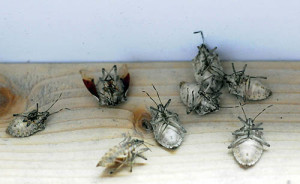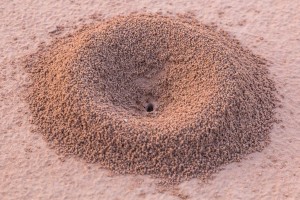 Are you house hunting? House hunting can be a fun time with lots of excitement of the unknown to come. You know your dream home is out there, within a flawless neighborhood, with a perfect size for your family, and having all the amenities you need, but now you just need to find it. However, finding the perfect home is not all about wishful fantasies. Many little questions go into house hunting as well, such as ‘does the roof leak?’, ‘are there any electrical problems?’, and ‘how is the insulation?’. With these stressful questions already running through a house hunter’s mind, one thing you do not want to have to worry about is a pest infestation.
Are you house hunting? House hunting can be a fun time with lots of excitement of the unknown to come. You know your dream home is out there, within a flawless neighborhood, with a perfect size for your family, and having all the amenities you need, but now you just need to find it. However, finding the perfect home is not all about wishful fantasies. Many little questions go into house hunting as well, such as ‘does the roof leak?’, ‘are there any electrical problems?’, and ‘how is the insulation?’. With these stressful questions already running through a house hunter’s mind, one thing you do not want to have to worry about is a pest infestation.
A pest infestation may be one of the last things you want to think about as you look for a home, but looking for the signs and taking care of it early on will prevent any further problems. Pests, including mice, rats, insects, and spiders spend their whole life learning to remain unseen from humans, making them very good at it. These 15 signs are red flags to look for as you house hunt so that you find a home before the pests do:
- Dead Pests Indoors: Check the window sills and the basement for dead bugs. If you see a lot of the same species, they most likely live on
 the property.
the property. - Pest Droppings: Check in cupboards, under appliances, behind boxes, and other hidden locations where pests can be secretive. As gross as it may sound, researching the look of different types of droppings will help you know which pests you are dealing with.
- Evidence of Nesting: Rodents and insects will make their nests out of anything they can find. Be prepared to look behind and under appliances, in cabinets, in the ceiling, and other isolated places for shredded paper, insulation, or fabric used as a nest.
- Holes and gnaw marks: Small holes seen on the walls, doors, or floors on the property are a sign of infestation. Mice and rats love gnawing on things so be on the lookout for holes in trashcans or weedy areas around the property. They also love to chew through electrical wires so be aware of chewed wiring.

- Damaged plants and lawn: Check the edges of leaves and grass blades for evidence of gnawing. Also look for patterns of lawn damage, such as uneven grass length or circular brown areas.
- Ant Hills: Check along lawn lines and pavement cracks for mounds of sand with a hole on top. You may even see ants walking in and out of the hill.
- Complaints from former tenants and neighbors: Try asking the former tenant or the neighbors whether they have had pest problems in the past.
Make sure the next home you choose for your family is not already a home for the pests. If you suspect a home has an infestation issue, don’t let the problem get any bigger! Do not hesitate to call ProActive Pest Management to set up a home inspection.
